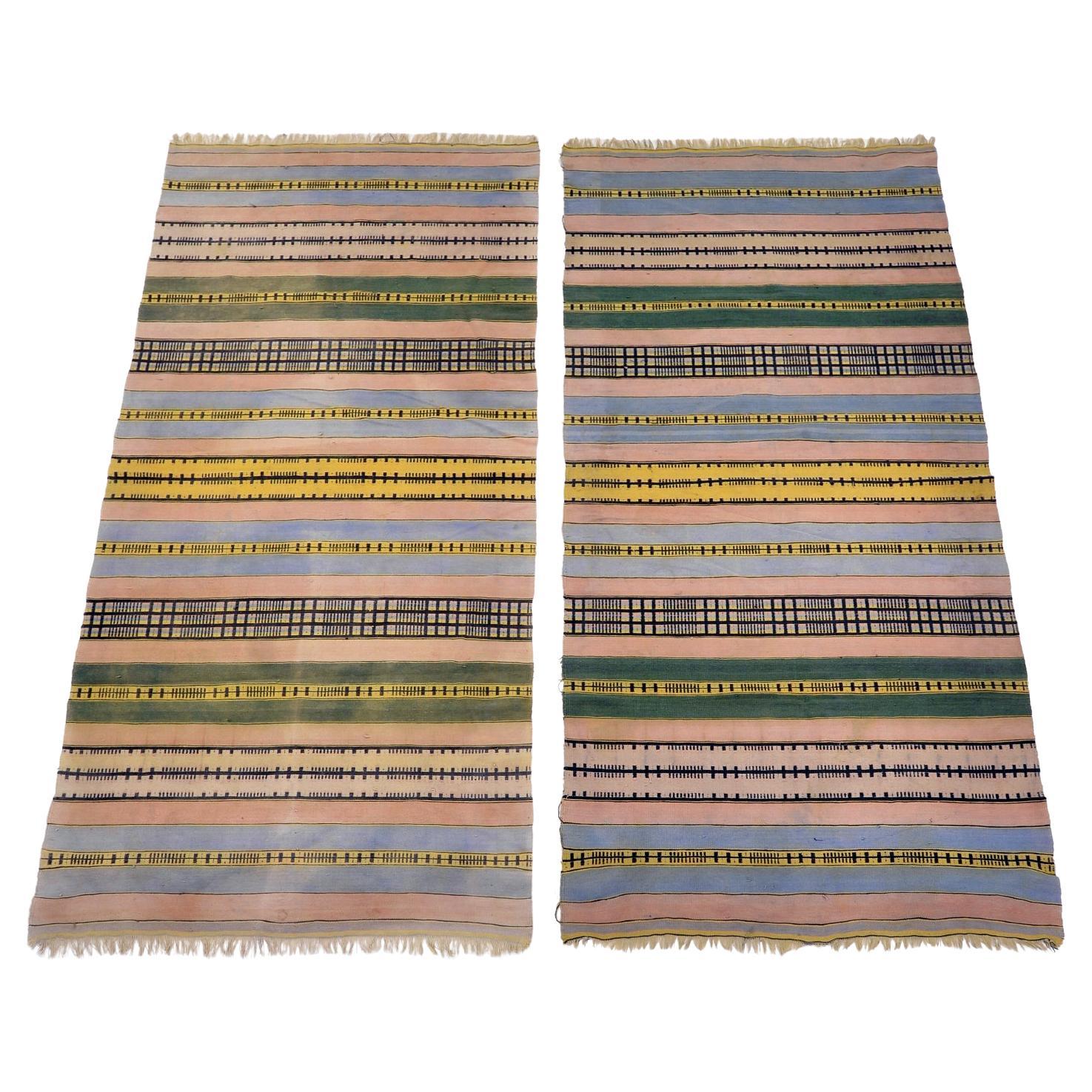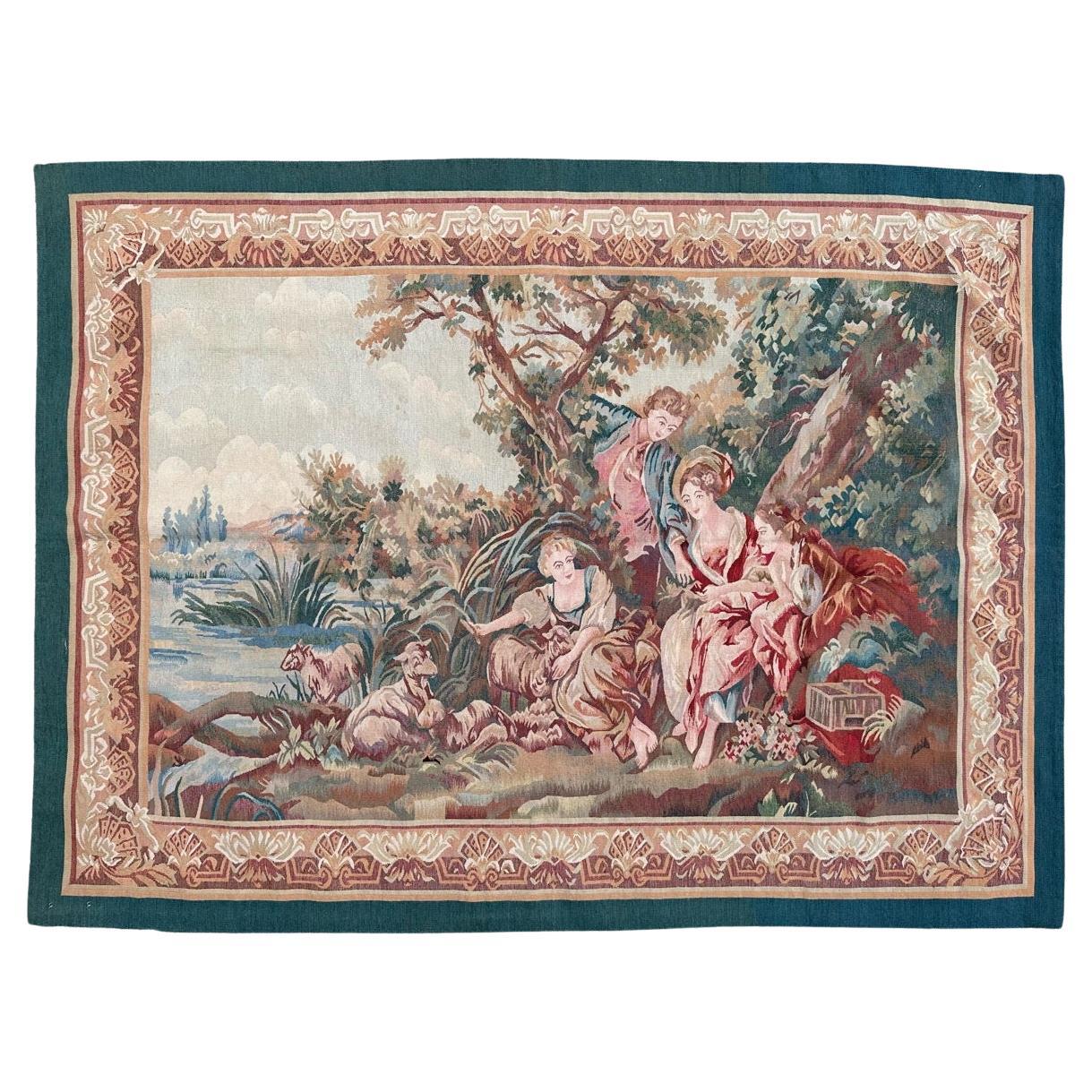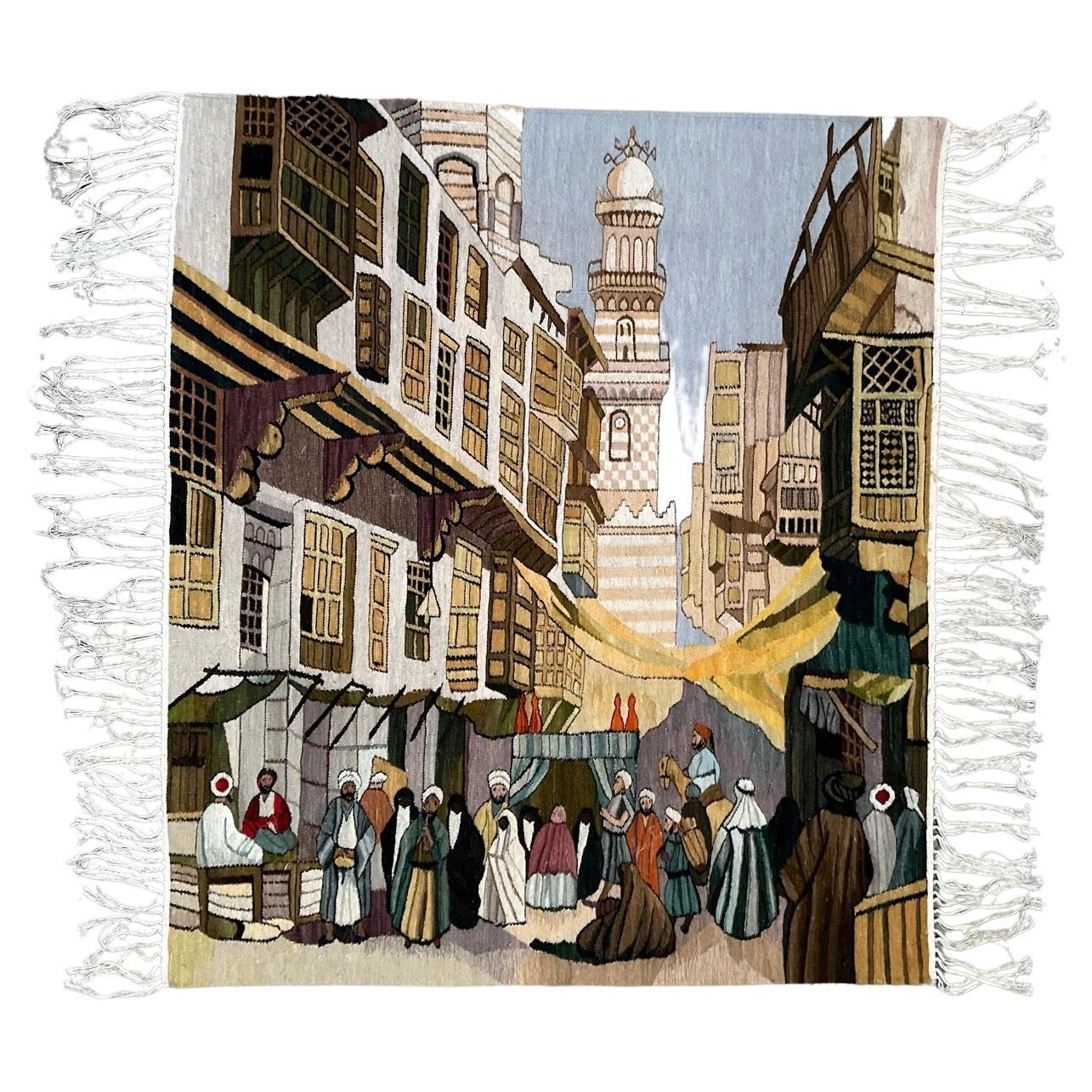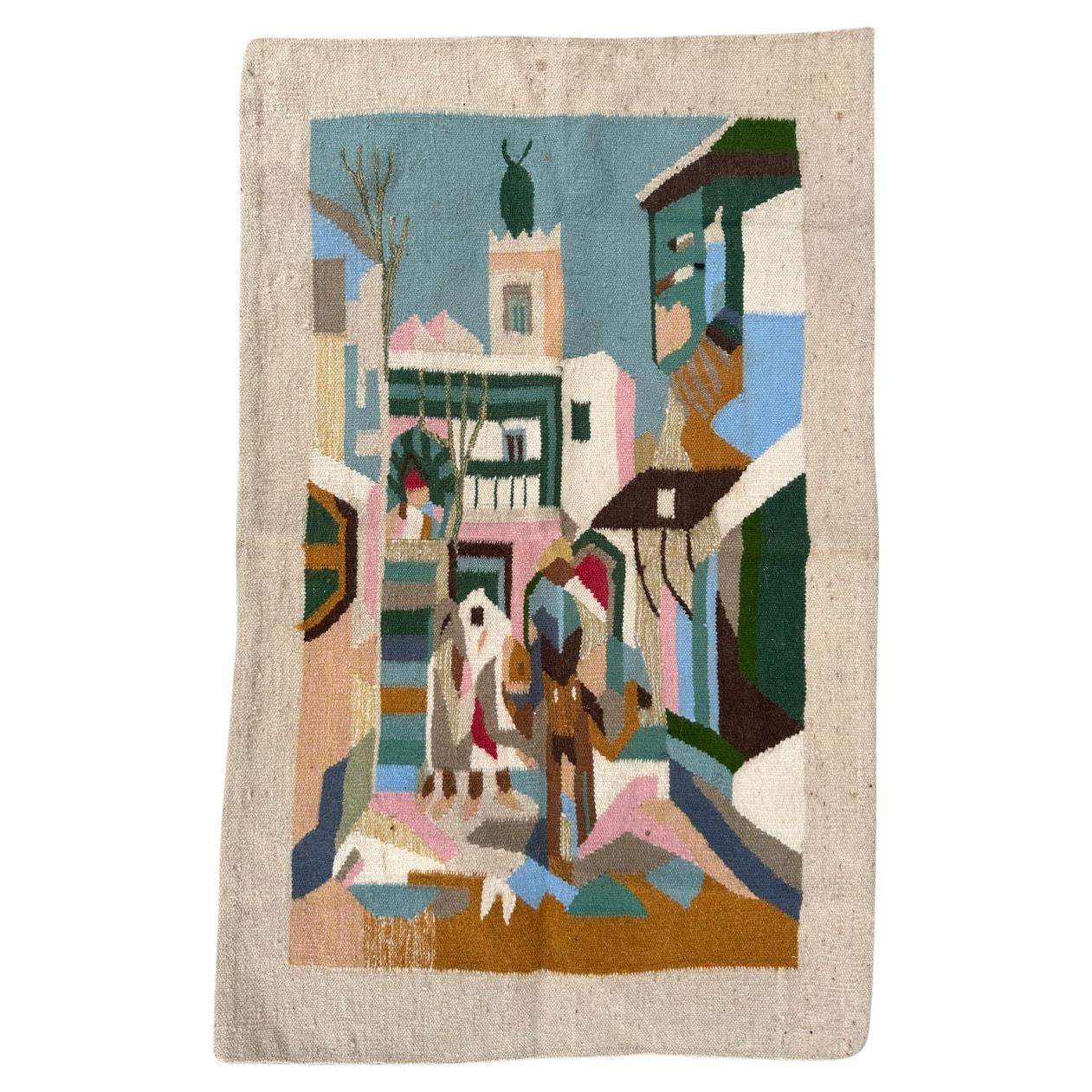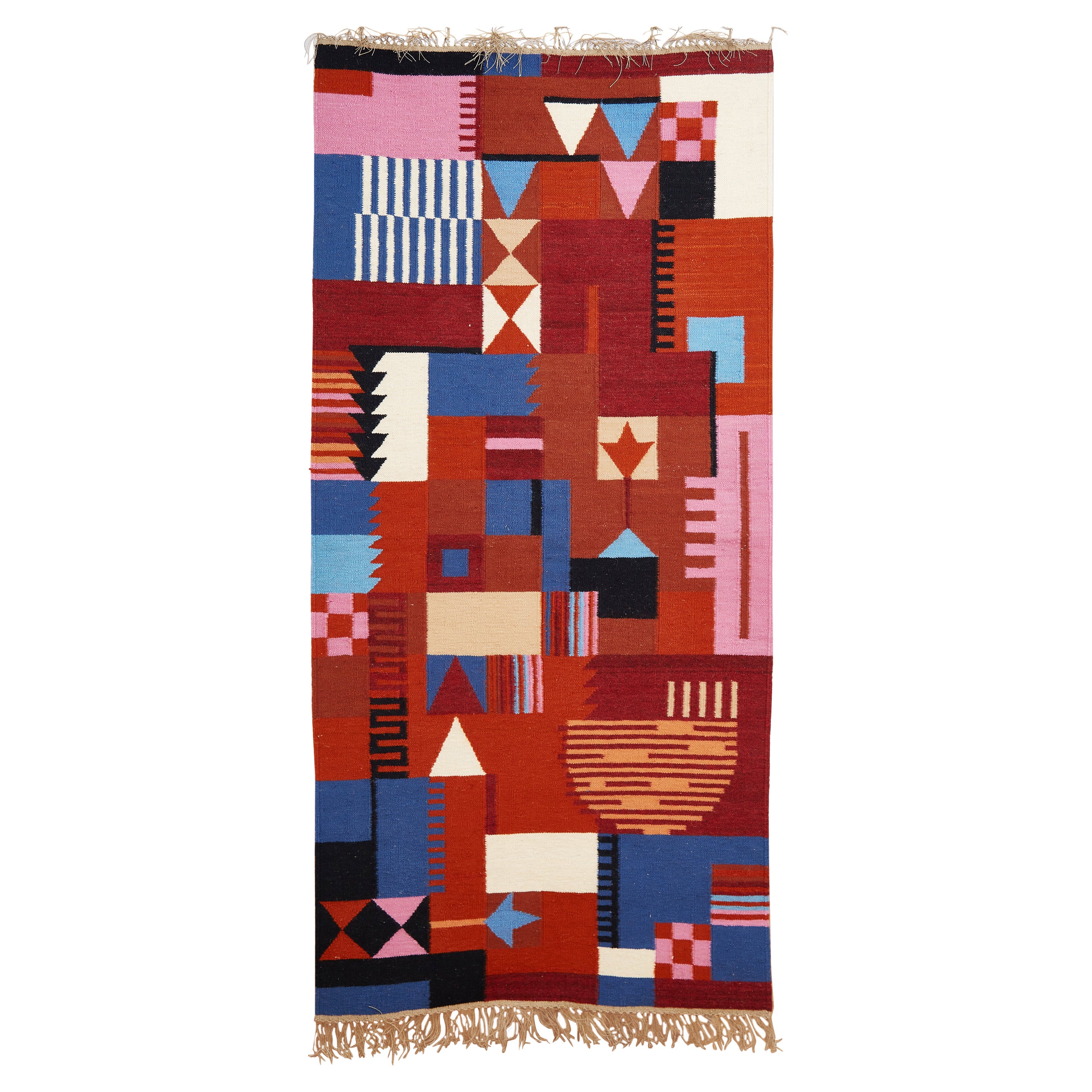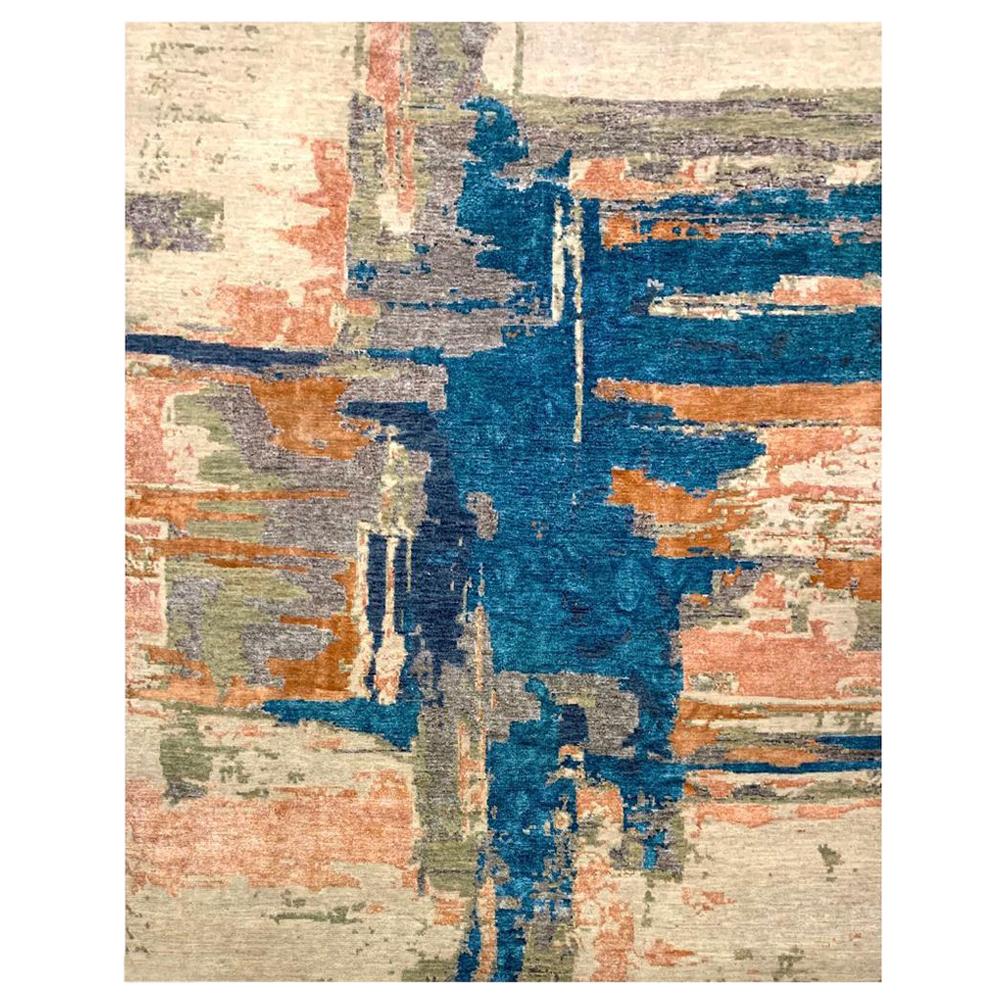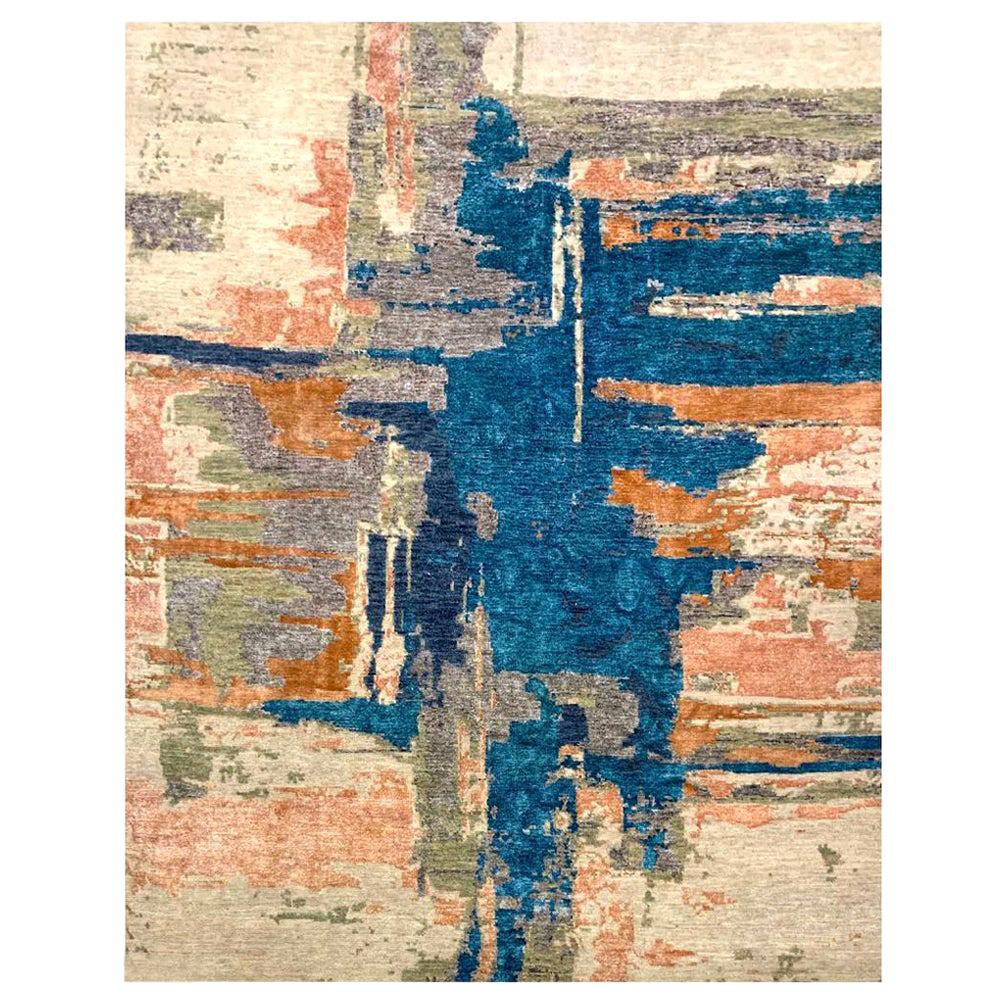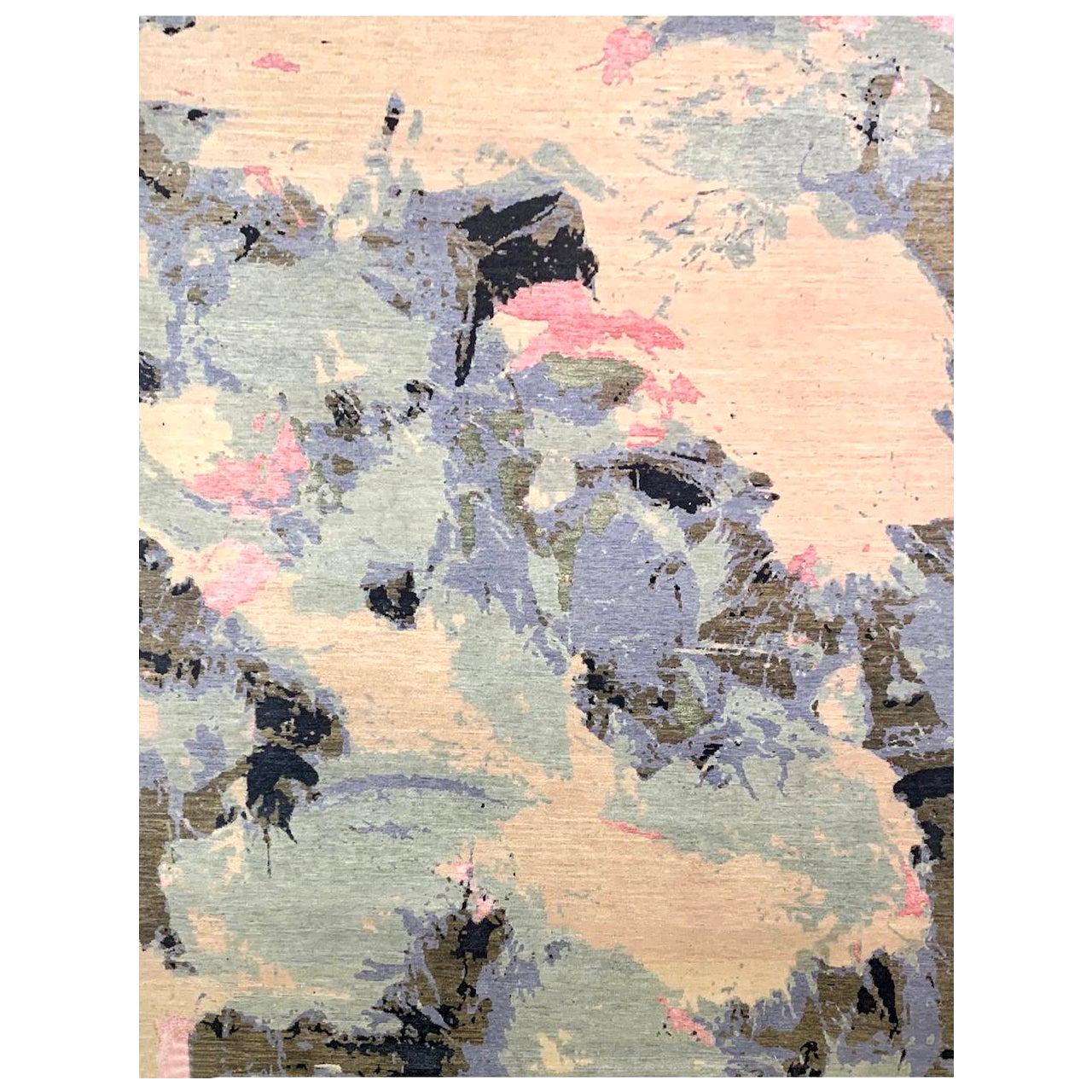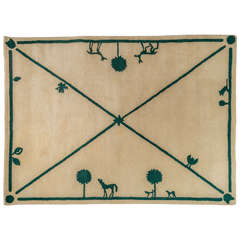
Diego Giacometti Hand-Woven Rug
View Similar Items
1 of 7
Diego Giacometti Hand-Woven Rug
About the Item
- Creator:Diego Giacometti (Artist)
- Dimensions:Height: 1 in (2.54 cm)Width: 92 in (233.68 cm)Depth: 68 in (172.72 cm)
- Materials and Techniques:Wool,Woven
- Place of Origin:
- Period:
- Date of Manufacture:1984
- Condition:
- Seller Location:San Francisco, CA
- Reference Number:Seller: 01110031stDibs: 1505149214364
You May Also Like
- Two Wall Cotton Rugs, Flat-Wave Hand Woven, Bauhaus Weaving Workshop, C. 1925Located in Berlin, DETwo flat-wave hand woven cotton wall rugs from the Bauhaus weaving workshop. "Bauhaus-Stoff" by unknown designer, in contrast and color stylistically u...Category
Vintage 1920s German Bauhaus Western European Rugs
MaterialsCotton
- Bobyrug’s Nice Vintage Aubusson Style Hand Woven TapestryLocated in Saint Ouen, FRVery beautiful Aubusson style tapestry with beautiful gallant design with nice colors, entirely hand woven in Same method than Aubusson tapestries with wool on cotton foundation. ✨✨...Category
Late 20th Century Chinese Aubusson Tapestries
MaterialsWool, Cotton
- Bobyrug’s Beautiful Mid Century Tunisian Hand Woven TapestryLocated in Saint Ouen, FRVery pretty vintage Tunisian tapestry with beautiful design of the bazaar in the town, with beautiful colors, entirely hand woven with wool on cotton ...Category
Mid-20th Century Tunisian Aubusson Tapestries
MaterialsWool, Cotton
- Bobyrug’s Beautiful Mid Century Tunisian Hand Woven TapestryLocated in Saint Ouen, FRVery pretty vintage Tunisian tapestry with beautiful childish design of the town, with beautiful colors, entirely hand woven with wool on cotton foundation. ✨✨✨ "Experience the epit...Category
Mid-20th Century Tunisian Aubusson Tapestries
MaterialsWool, Cotton
- Contemporary Kilim Rapallo Designed by Piotr Niklas / Hand-WovenLocated in WARSZAWA, 14The RAPALLO kilim opens a series inspired by the Memphis Milano aesthetic, which defined the colorful design style of the 1980s and 90s. The designer. Piotr Niklas, in his own unique way, transformed the realizations of such designers as Ettore Sottsass and Nathalie du Pasquier into his individual language of forms. Piotr used a refreshed, pastel color palette. The RAPALLO kilim is 100 x 190 cm, which makes it great for hanging it both vertically and horizontally. It works well as a decorative piece in the living room above the sofa, bed’s headboard, a background for a console or as a dominant decoration at the head of the table. A square meter of this fabric is a week’s worth of work of a professional weaver. The kilim was made in accordance with Bobowas traditions of weaving on a flax warp, while the weft is natural wool. Kilim designed by Piotr Niklas - Graduate of the European Academy of Arts in Warsaw, he has been designing for over a decade. He specializes in visual identity, poster design, user interface and webpage design especially for cultural institutions, video game developers and tech companies. For his Kilim DAWN he received the MUST HAVE at the Lódz Design Festival. Splot blends the finest tradition of Polish handcraft with modern and bold design. The kilim has a long and fascinating tradition in Poland. They were initially brought from the East to the nobles’ manors, with time becoming more domestic and produced locally. They captivated Modernist artists, such as Stanislaw Wyspianski or Zofia Stryjenska, who often worked in this medium. In the 1920s and ’30s, kilims decorated grand public buildings as well as private Modernist villas. After the war, they were made in many of Cepelia's (Central Folk Art and Crafts Union) workshops, both for the Polish market as well as for export, unfortunately, with time this noble craft was nearly forgotten. Kilims - stashed away in houses, stored in museums and attics, kindled my imagination. In times of rapid mass production, time in itself has become a great luxury. It takes around a week to hand weave a square meter of a kilim. In this laborious process, we acquire a product that is unique in every respect - no two tapestries are alike, just as no two loaves of bread are the same. A kilim integrates art with nature. They are not only decorative but also practical, improving acoustics and warming the interior. Kilims are Polish, although they arrived here from far away. Traditional craftsmanship for the modern home. Our dream of making modern Polish kilims...Category
2010s Polish Post-Modern Tapestries
MaterialsWool
- Contemporary Polish Kilim TWILIGHT Designed by Piotr Niklas / Hand-wovenLocated in WARSZAWA, 14Welcome the TWILIGHT and its myriad of colors in your home. Picture the evening sky getting darker by the second, as the Sun slowly descends towards the horizon. It first shows its white and blue tones followed by the apricton-pinks, ultimately torching the sky red and slowly descending into darkness. This is the story told by our kilim TWILIGHT, exclusively on 1stDibs. The TWILIGHT kilim is 100 x 200 cm (40 x 80 inches), which makes it great for hanging it both vertically and horizontally. It works well as a decorative piece in the living room above the sofa, bed’s headboard, a background for a console or as a dominant decoration at the head of the table. Saturated hues of cobalt and navy blue make it a strong accent in any interior, and natural materials give it durability for generations to come. A square meter of this fabric is a week’s worth of work of a professional weaver. The kilim was made in accordance with Bobowas traditions of weaving on a flax warp, while the weft is natural wool. Kilim designed by Piotr Niklas - Graduate of the European Academy of Arts in Warsaw, he has been designing for over a decade. He specializes in visual identity, poster design, user interface and webpage design especially for cultural institutions, video game developers and tech companies. For his Kilim DAWN he received the MUST HAVE at the Lódz Design Festival. Splot blends the finest tradition of Polish handcraft with modern and bold design. The kilim has a long and fascinating tradition in Poland. They were initially brought from the East to the nobles’ manors, with time becoming more domestic and produced locally. They captivated Modernist artists, such as Stanislaw Wyspianski or Zofia Stryjenska, who often worked in this medium. In the 1920s and ’30s, kilims decorated grand public buildings as well as private Modernist villas. After the war, they were made in many of Cepelia's (Central Folk Art and Crafts Union) workshops, both for the Polish market as well as for export, unfortunately, with time this noble craft was nearly forgotten. Kilims - stashed away in houses, stored in museums and attics, kindled my imagination. In times of rapid mass production, time in itself has become a great luxury. It takes around a week to hand weave a square meter of a kilim. In this laborious process, we acquire a product that is unique in every respect - no two tapestries are alike, just as no two loaves of bread are the same. A kilim integrates art with nature. They are not only decorative but also practical, improving acoustics and warming the interior. Kilims are Polish, although they arrived here from far away. Traditional craftsmanship for the modern home. Our dream of making modern Polish kilims...Category
21st Century and Contemporary Polish Tapestries
MaterialsWool
$2,100 Sale Price / item20% Off
Recently Viewed
View AllMore Ways To Browse
Giacometti Rug
Aubusson Style Wall Tapestry
Gobelin Tapestry
Gobelins Tapestries
Asian Wall Tapestry
Antique Tapestry Excellent Condition
Large Antique Wall Textile
Antique Tapestry Small
Red Wall Art Tapestry
Machine Made Tapestry
French 1970s Tapestry
Tapestry Decorative Frames
Gold Silver Tapestry
Antique Tapestry Wall Art
Mid Century Modern Tapestry Wall Hanging
Antique Tapestry Panel
Historical Tapestry
French Aubusson Tapestry Flowers
